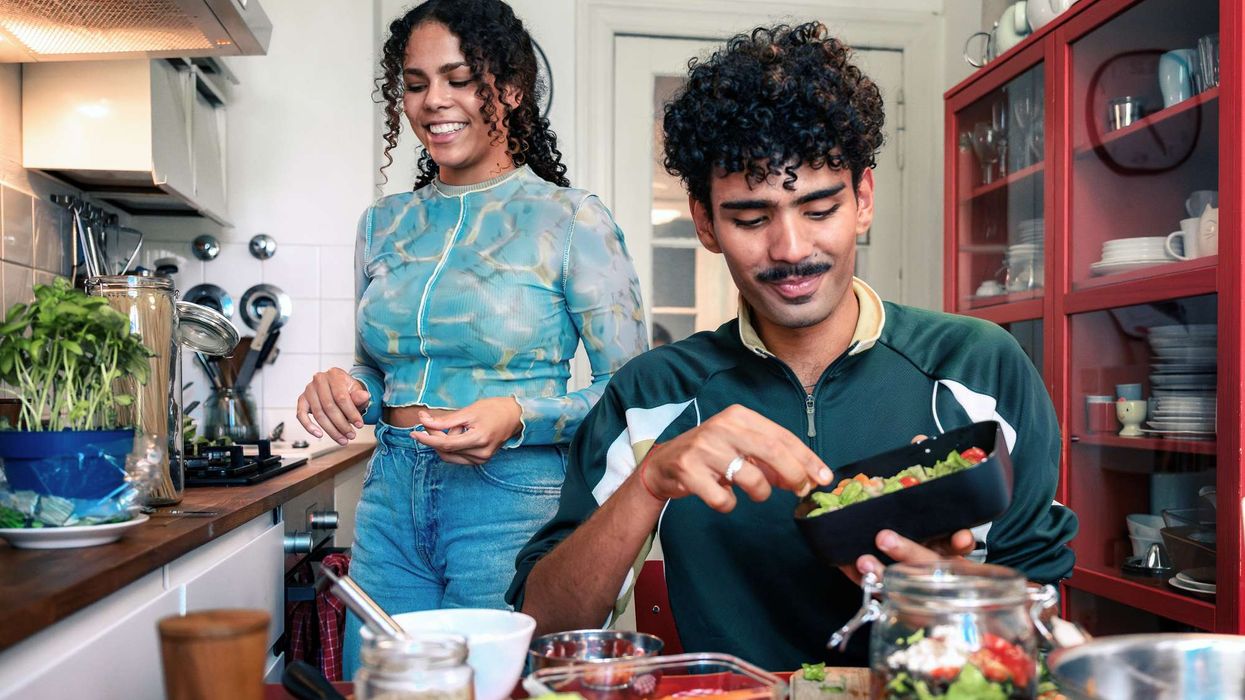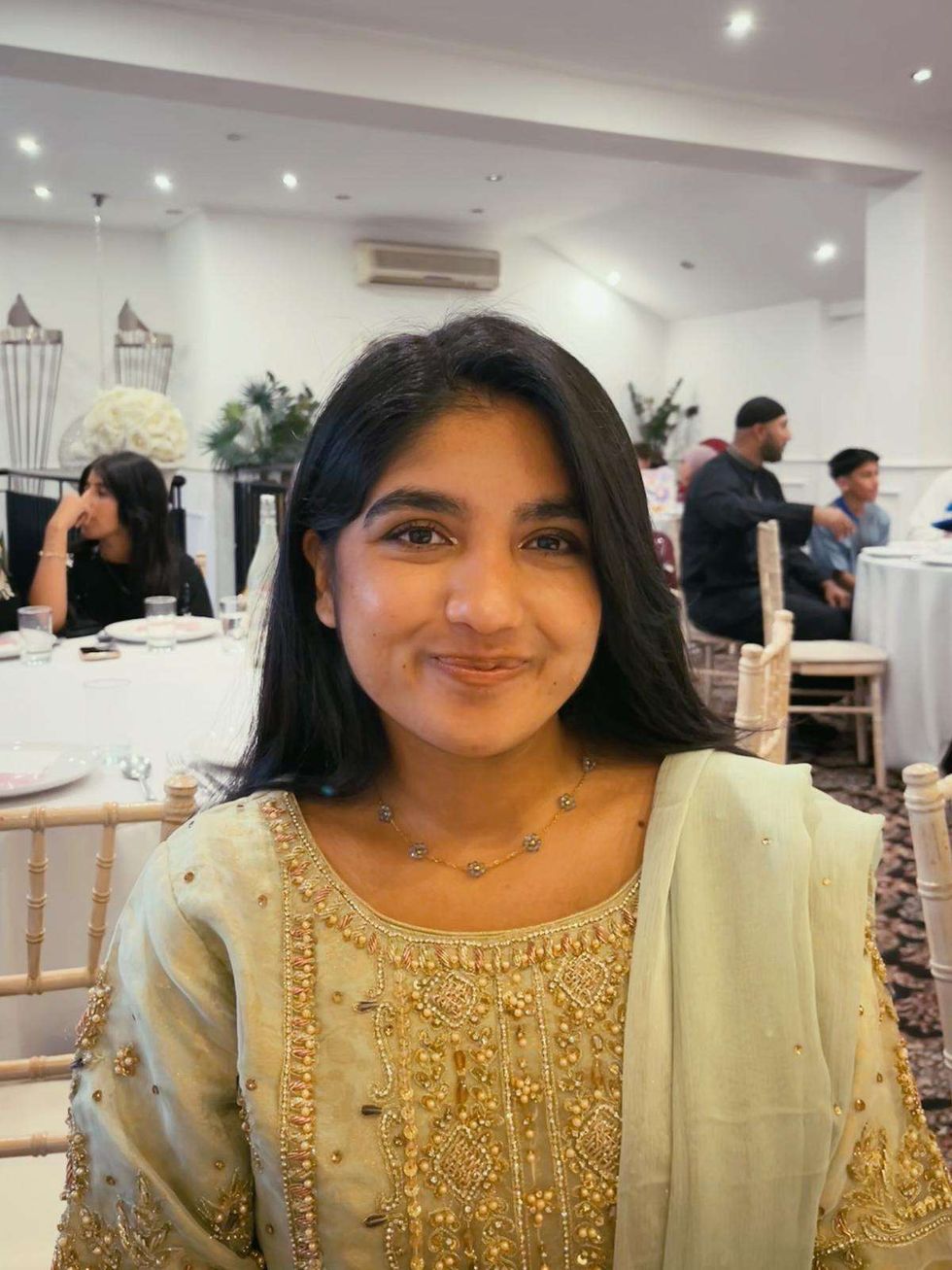TWENTY FACTS ABOUT THE BOLLYWOOD LEGEND TO MARK HIS DEATH ANNIVERSARY THIS MONTH
by ASJAD NAZIR
JULY 3 marks the death anniversary of late great Bollywood star Raaj Kumar, who passed away in 1996 aged 69 after a battle with throat cancer.
He left behind a great body of work, which is still enjoyed by film fans globally, and was regarded as one of the all time great performers.
The baritone-voiced Bollywood star not only gave notable performances in films such as Mother India, Waqt, Neel Kamal and Pakeezah, but also had an interesting life filled with some extraordinary moments.
Eastern Eye went back through the life of late great star Raaj Kumar to present 20 facts about him and his work.
■ Raaj Kumar was born as Kulbhushan Pandit in Balochistan on October 8, 1926, and moved to Mumbai in 1940s to work as a police inspector.
■ The actor had initially auditioned for the film Daulat (1949), but was rejected and finally made his acting debut in Rangeeli (1952) three years later.
■ 1957 was a major turning point for Kumar because he played a key role in blockbuster epic Nausherwan-E-Adil and a small role in Oscar-nominated film Mother India. It was the tiny supporting role in Mother India that turned him into a star.
■ The actor got his first award nomination for his performance in Paigham (1959), but it would be 32 years before he worked with his co-star Dilip Kumar again and that was in 1991 film Saudagar because the two actors did not get along.
■ Kumar’s film Godaan (1963) was based on Munshi Premchand's 1936 novel of the same name, which would later be remade for television in 2004.
■ Kumar won his first acting award for his performance as a cancer patient in Dil Ek Mandir (1963), which was actually a remake of 1962 Tamil film Nenjil Or Aalayam. Filmmaker CV Sridhar had directed both versions of the film.
■ His film Waqt (1965) reintroduced the lost and found story formula back into Bollywood in a big way, along with popularising the concept of multi-starrers. Although Waqt had a stellar star cast, including Sunil Dutt, Shashi Kapoor, Sadhana, Sharmila Tagore and Balraj Sahni, Kumar was the only one to win an acting award for it.
■ After Waqt, the actor mostly wore white shoes in his films and that became a signature piece of attire for him. He insisted on wearing white shoes even if the filmmaker objected to it.
■ His famous film Kaajal (1965) is an adaptation of Gulshan Nanda’s novel Maadhavi.
■ His 1970 film Heer Ranjha was unique in that it was the first major Bollywood release to have the entire dialogue in poetic verse.
■ A number of movies that Kumar started work on were shelved after going into production, including Galiyon Ka Raja (1971), which co-starred Mumtaz and Hema Malini, because the cast apparently did not like the director of the film.
■ Dharmendra, Rajendra Kumar and Sunil Dutt were all considered for the lead role in legendary film Pakeezah (1972), but director Kamal Amrohi cast Kumar because of his voice and dialogue delivery abilities.
■ Kumar’s Pakeezah co-star Meena Kumari was so unwell that a body double had to be used in some of the scenes, including for the classic song Chalo Dildar Chalo, and that is why her face is not seen.
■ According to legend, the eccentric actor actually turned down the lead role in Zanjeer (1973) because he didn’t like director Prakash Mehra’s face. Amitabh Bachchan eventually stepped into the blockbuster smash and became an overnight superstar.
■ Kumar’s film 36 Ghante (1974) was a remake of 1955 Hollywood film The Desperate Hours, which itself was a big screen adaptation of a Joseph Hayes thriller novel of the same name.
■ The actor liked continuity and so reportedly had the same driver, hair stylist and tailor for 40 years.
■ Kumar actually went bald early on life, so he wore wigs throughout his personal and professional life.
■ Legend has it that Kumar met Zeenat Aman at the height of her fame in the 1970s and told her, "You have a pretty face. You should try acting."
■ Kumar had turned down a supporting role in Raj Kapoor’s magnum opus Mera Naam Joker. Legend also has it that Kapoor was so upset with Kumar that he had a huge fight with him at the wedding reception of actor Prem Chopra.
■ The actor was most famous for his dialogue delivery and earned the nickname Jaani, after using the word in a famous film line, which he would later repeat, including in real life.
Magnificent seven
THE seven best performances of Raaj Kumar
Paigham (1959): The actor held his own opposite Bollywood’s biggest star Dilip Kumar and received his first major award nomination for the powerful social drama. He plays a loyal worker clashing against his educated brother, who uncovers corruption at a mill.
Dil Ek Mandir (1963): Kumar won his first major acting award for the emotional drama, where he plays a cancer patient being treated by his wife’s former lover. The unique love triangle also has Bollywood legends Meena Kumari and Rajendra Kumar on top form.
Waqt (1965): The massively influential multi-starrer saw the actor play one of three brothers separated as children and brought up in different circumstances. He plays a man torn between a life of crime and doing the right thing.
Kaajal (1965): Kumar made such a massive impact playing a man who is not all he seems that he received a Best Actor and Best Supporting Actor nomination at the Filmfare Awards for the same role. The neatly crafted drama enabled him to shine in a film that also starred Meena Kumari and Dharmendra.
Neel Kamal (1968): The actor received one more award nomination in what turned out to be another unique love triangle. The actor plays a man who dies for love and returns as a ghostly spirit to reunite with the woman he loves, but she is married to another man.
Heer Ranjha (1970): The artistic masterpiece was a unique retelling of the classic love legend with the entire movie being performed in verse. The legendary actor shows off his breathtaking dialogue delivery in the poetry driven story of star-crossed lovers.
Pakeezah (1972): One of the alltime great movies may have been built around Meena Kumari, but Kumar was a key component in making it a success and injected a beautiful romantic energy into the story with a strong lead performance.





 Mareyah Bhatti , a sustainability strategist and passionate home cookMareyah Bhatti
Mareyah Bhatti , a sustainability strategist and passionate home cookMareyah Bhatti





